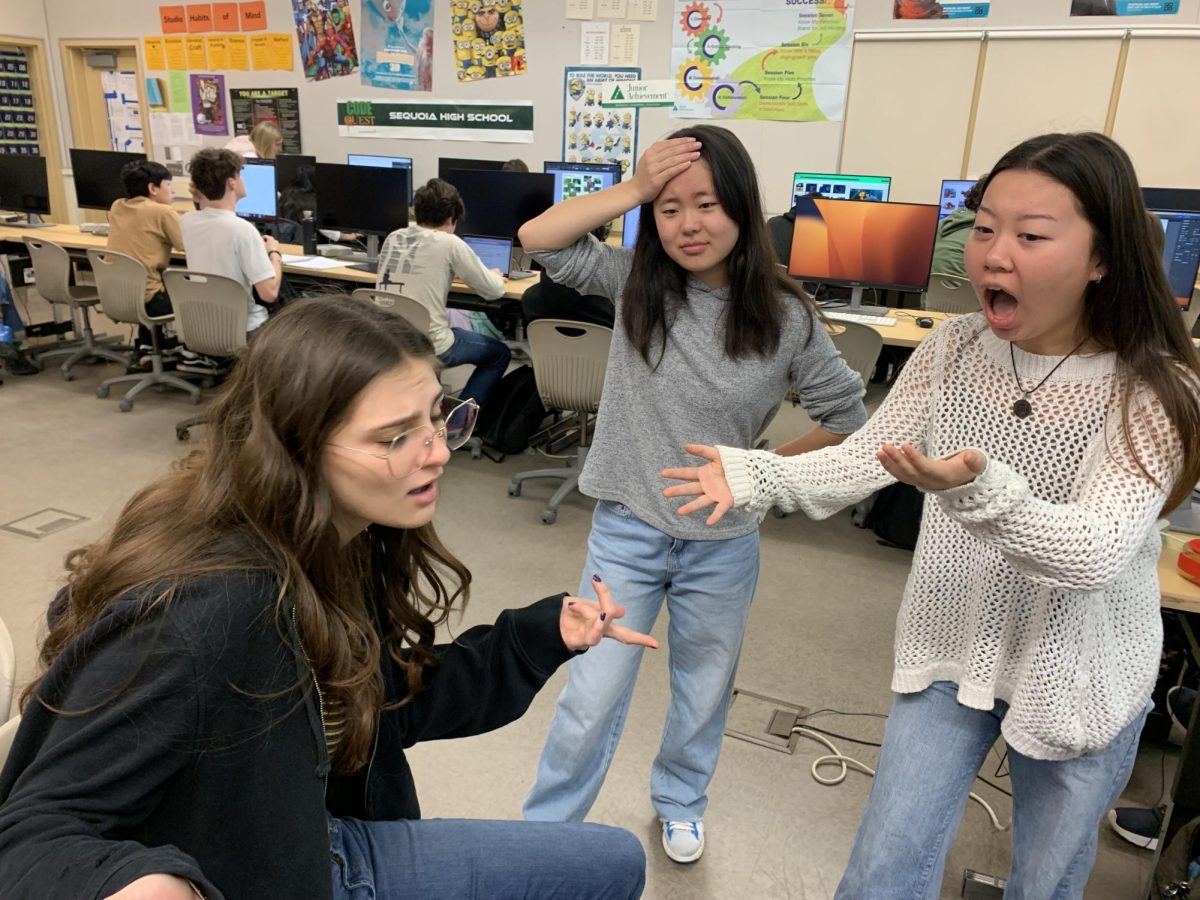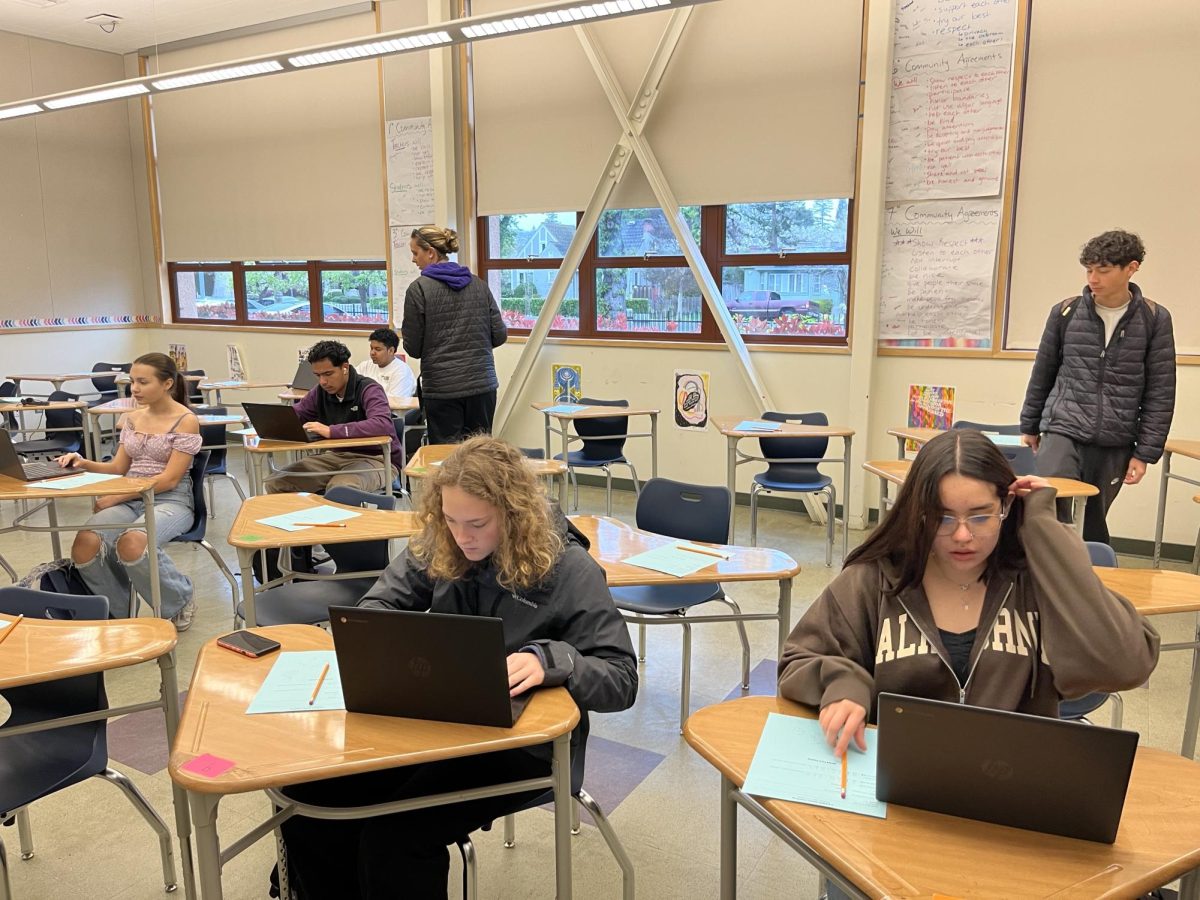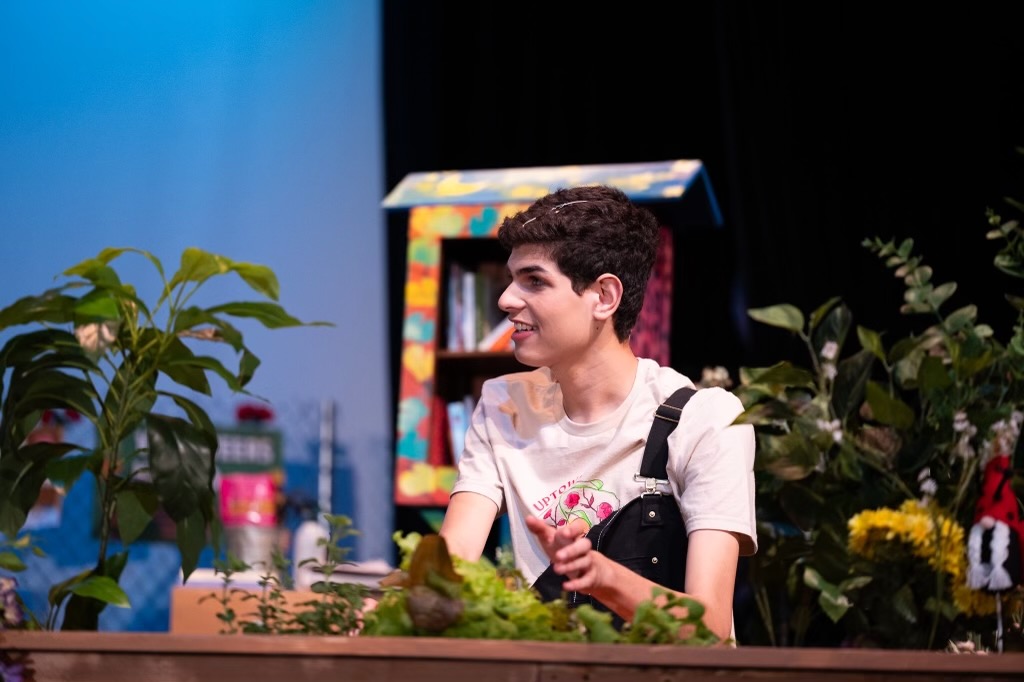Sequoia groups seclude despite statistical diversity
May 31, 2017
Sequoia’s motto is “a place of friends”; however, its many different populations do not seem to get to know one another.
“Diversity is an amazing thing—it gives an understanding of another background. Diversity lets people know that you don’t need to be the same race, age, color, whatever, it doesn’t matter,“ said senior Destiny Johnson, the vice president of the Black Student Union.
Sequoia has a very diverse population, drawing people from all over the Bay Area. Despite this diversity, many of these populations don’t seem to integrate outside of class.
“There’s usually a lot of separation on campus as to races and types of students that are grouped together,” said senior and president of Our Voice Andrea Marquez. “I don’t think it’s a personal thing; I think it just happens naturally.”
Some friend groups integrate more than others because they have similarities that surpass racial backgrounds.
“We all have common interests, and I don’t think those common interests really depend on what our race is or what our ethnicity is,” freshman Matthew Montejano said.
One reason students do not integrate much is because middle schools are often zoned by one’s neighborhood—and these are often not diverse. In Redwood City, schools are zoned based on one’s home address, which keeps students from mixing during their middle school years. Since school is one of the main places people find friends, this zoning keeps students from meeting people who are different from them until high school.
“When they come to Sequoia, it’s their first time really mixing, so then they don’t,” Marquez said. “Since they have never been accustomed to surrounding themselves with people who are different [from] them, it stays that way.”
Students also tend to hang out with peers in their classes—and these classes may not be very diverse. In the past few years, Sequoia has tried to diversify the students in IB through the IB Equity Grant, for which Lisa McCahon, Sequoia’s IB coordinator, applied. Sequoia was one of five schools awarded the grant, which has helped expand Sequoia’s IB program.
“The goal of this project was to have all students aware of what IB is, understand the benefits of it and feel welcome,” McCahon said. “We [want to] increase the number of students who are part of it. Also, [we] want to support the students in it.”
Despite attempts to diversify classes, it can be hard for minority students in these classes.
“Because it’s not diverse when they’re in the class, [minority students] feel uncomfortable. There are a lot of students that aren’t necessarily like them,” Marquez said. “If they don’t have a super outgoing personality, it’s a lot harder for them to want to stay there.”
Sports teams also tend to lack racial diversity.
“There’s a ton of sports where you see predominantly this race or that race,” Johnson said. “People play sports where they feel like they can succeed. They play sports where they know people like them have succeeded [before].”
Despite the lack of integration seen at Sequoia, it is still perceived as open to all.
“Sequoia in general is a very welcoming place,” IB English Teacher Justine Rutigliano said in a phone interview. “Especially compared to other high schools in the area, Sequoia is a very respectful [school].”





